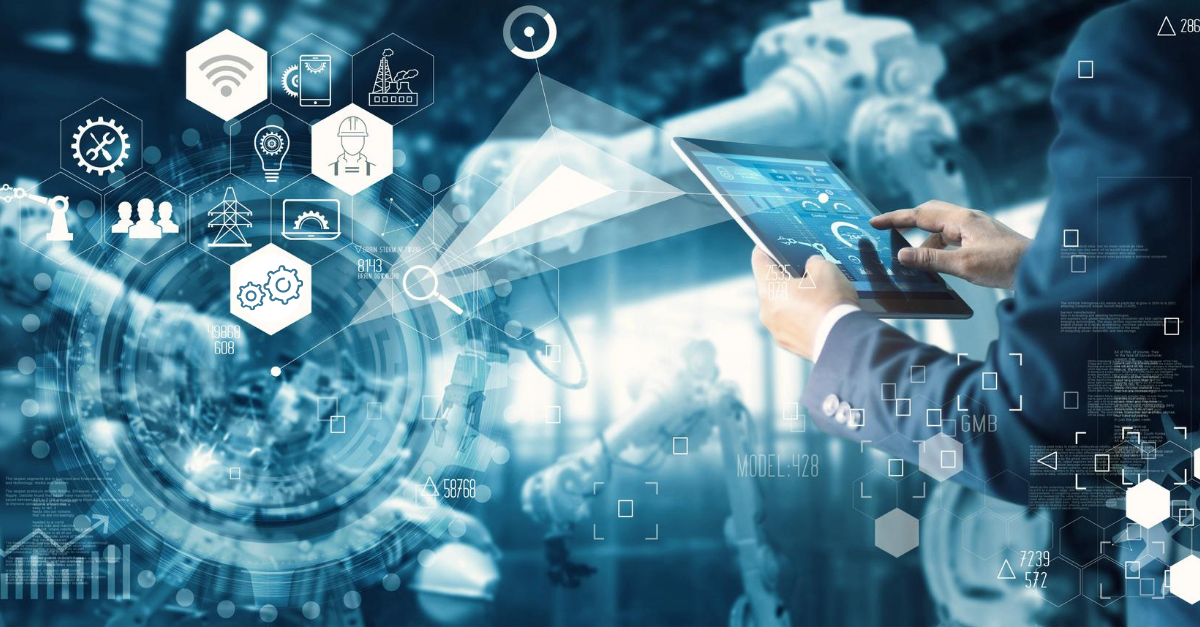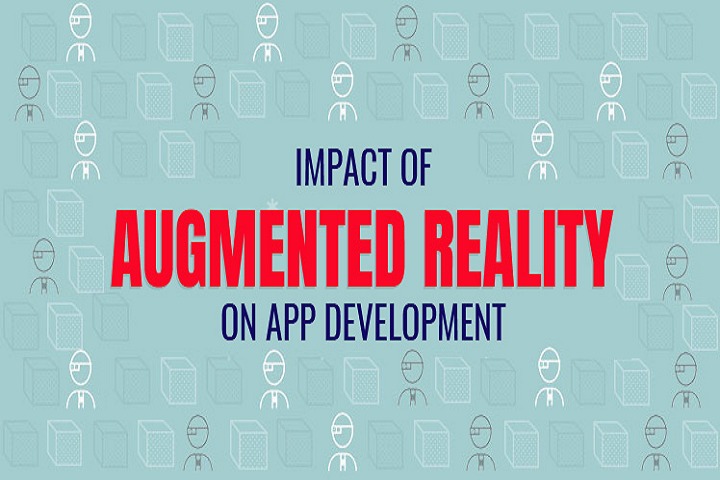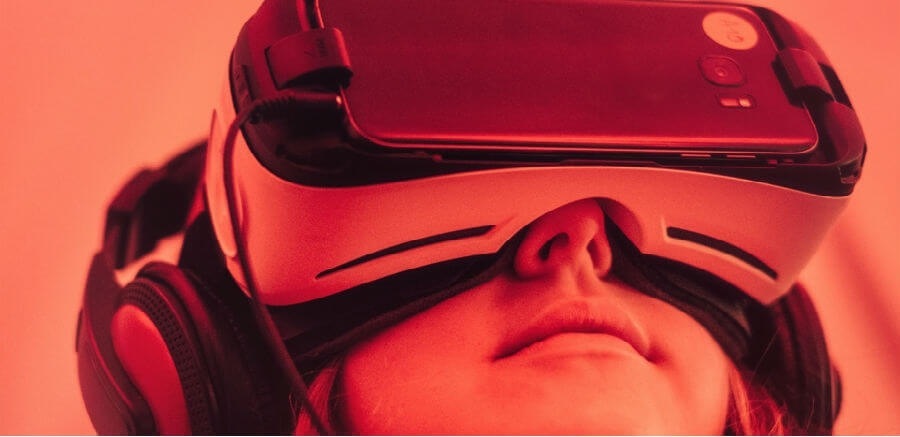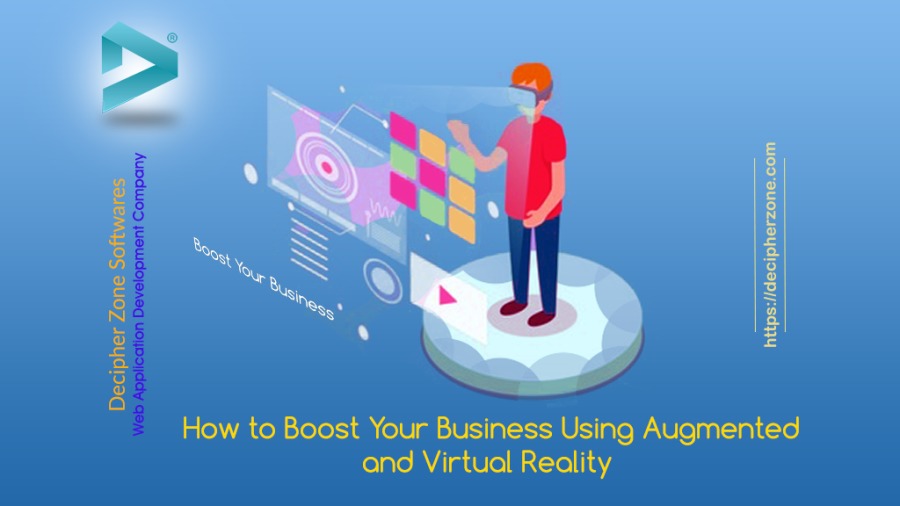What Is Retail Transformation and Why Is It Important?

Modern Retailers need to be ever ready to respond to changing preferences of customers. Retailers must evolve the right strategies so that they can capitalize on consumer buying preferences. Retailers must be able to spot the right opportunities and respond quickly to customer demands. Retailers need to evolve agile processes that make shopping easy and convenient to shoppers through the right mix of automation and physical interventions. Retailers must strive to digitally optimize the entire customer journey with embedded analytical data for an actionable feedback loop.
What is retail transformation?
Retail transformation is a process in which a chain of activities is modelled to increase sales, boost customer satisfaction, and minimise the cost involved in operations. This is achieved through extensive digital transformation and a thorough understanding of the customer journey to success.
The importance of retail transformation
The retail industry is undergoing significant changes, and digital transformation is the critical driver for the retail sector to remain a competitive marketplace. Modern retail brands use a mix of automation and personal attention to delight the customers and keep them coming back. Retailers need to leverage customer data to analyze customer behavior and make the marketing impactful. Retailers need to use the latest technology to optimize the value chain of their business. Retailers must also use data to avoid costly mistakes. The modern retailer needs to focus on long-term digital transformation plans to remain relevant and set new benchmarks of success.

The four key pillars of retail transformation
Electronic data capture, E-commerce, In-store Shopping, and motivated employees are four key pillars of retail transformation. Understanding how consumers live, buy, and interact with brands and knowing the preferences of the consumer would allow retailers to predict, connect with, and engage with them. The retail organization’s culture and data points connect here to get complete insights. Retailers must understand their customers’ buying behavior so that they can improve the offering to the customer on a personalized basis. Retailers need to understand customers in ways that help them give tailored shopping experiences to the consumers. A connected experience where customers can see the inventory, pick the product, pay for the product on their phones, and at the store would help shoppers who have limited time and money to make their purchases. Agile processes designed with high efficiency in mind is needed to achieve the above objectives. Finally, employees who make the magic happen are trained to integrate themselves into these four pillars of transformation. In a nutshell, Retailer’s organizational culture, Retailers Customer success journey, Retailer’s business model, and Retailer’s employee engagement would matter the most to achieve a perfect retail transformation.
Retail transformation strategy
Retailers are fighting the battle between brick-and-mortar and online commerce. Young customers are shifting to a more digital experience and self-service platforms. Most retailers have already started to deploy AR and VR technologies to improve customer experience. Moreover, shoppers spend 5 to 6 minutes in each store visit, and at least half of the purchases are not made offline. This is set to drive the demand for visual merchandising and help the retailers improve the overall shopping experience. Visual merchandising helps in delivering an enhanced shopping experience for customers through deploying AR technologies such as beacons and digital display screens. In the online commerce space, various mobile and e-commerce technologies are being tried to impress customers and lure them into coming back again and again. After all, both experiences are connected to create long-term customer value and build continuing loyalty with the customers. Retail ViVA, our Retail ERP, is made with the objective of agile retail transformation in an integrated manner.
Conclusion
Retailers can move forward with the right strategies, which are guided by three simple vital points. First, assess the current strategy; then look at future trends that customers and suppliers expect from you; then shift strategy to align it to customer and supplier expectations. This is a continuous improvement cycle, and thus, the evaluation must be perennial.
Written by
(Ragu)nathan Kannan
More posts from swetha m
View posts
Customer Financing: Will it convert those on the fence?
swetha m · Customer Financing: Will it convert those on the fence? - Retail ViVA · 4 min readCustomer Financing is a facility wherein customers choose a pre-defined payment plan options rather than paying the full price of a product upfront. Customers choose to pay in easy weekly or fortni ...

The power of one is smarter than the pieces of many.?
swetha m · The power of one is smarter than the pieces of many. · The power of one is smarter than the pieces of many.? - Retail ViVA · 3 min readEnterprise adopts Enterprise Resource Planning (ERP) products to digitize their operations. Some enterprises settle for one single ERP product w ...

e-signature
swetha m · e-signature software gives users the ability to gather signatures on documents shared electronically, eliminating the need for physical documents to record signatures. e-signature software facilitates the distribution of legally sensitive documents for the collection of electroni ...
Articles from swetha m
View blog
Discounts and promotions play a significant role in attracting customers to make their buying decisi ...
Related content

Hemendra Singh
Infographic - Augmented Reality for Application Development
There is an increasing need for being able to implement technology in every big or small kind of work that we need to do, and the technology of Augmented Reality is doing just that. · It blends the digital world of its users with the physical world. However, it doesn't mean that ...

Hemendra Singh
5 Innovative Examples of Augmented Reality in Action
The world of mobiles or smartphones is becoming more advanced and complex with every passing day. One can find that there is a new and improved app being launched almost every day in the stores. People to enjoy living in a world that has Smartphones which are smart in every sense ...

Mahipal Nehra
How to Boost Your Business Using Augmented and Virtual Reality
Augmented reality and virtual reality encounters are changing the manner in which organizations are connecting with their clients and even their workers. From retail stores to advertisers to the automotive industry, associations are saddling the intensity of AR and VR to support ...

Mahipal Nehra
How will 5G change the behaviour of Blockchain Technology?
5G is the most recent upcoming remote system innovation that is being executed in certain urban networks to build the degree of speed to standard speed, also similarly as with 4G systems. It has been watched multiple times preferable speed over 4G organize and having a higher cap ...

Maulik Shah
5 Examples of Augmented Reality Online Shopping
Many people tend to look for products online before final purchase. It’s even proved by a research that 8 out of 10 searches for information on products and services online, and around 70% buy it online. And yet, the uncertainty of online purchases remains the same. Shoppers ain’ ...

Mahipal Nehra
Why JavaScript is Compulsory for Modern Web Development?
Why JavaScript is Compulsory for Web Development? JavaScript has had a major submit making the web what it is today. What makes JavaScript such a fundamental language to modern web programming? In this article, I experienced a concise history of JavaScript’s creation, its opposit ...
You have no groups that fit your search
Comments